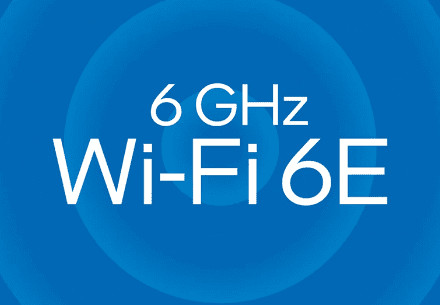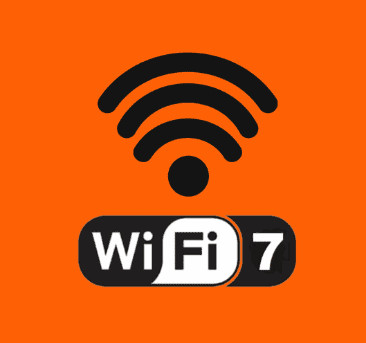Wi-Fi technology has made significant advancements since its introduction, offering us faster, more dependable, and wider-ranging wireless connectivity. With each new generation, Wi-Fi has expanded the limits of speed, coverage, and functionality. Join us as we delve into the history of Wi-Fi, from its modest origins to the groundbreaking technology that awaits us in the future.
All About the Wi-Fi Standards
Wi-Fi 4 (802.11n)

When it was introduced in 2009, Wi-Fi 4, also known as 802.11n, represented a major advancement in wireless technology. This generation operated in the 2.4GHz band and offered a maximum speed of 600Mbps. Notably, it featured improved range capabilities, making it suitable for use both indoors and outdoors. With the inclusion of 4 × 4 MIMO (Multiple Input, Multiple Output) technology, it facilitated faster data transfer speeds and provided more stable connections.
Wi-Fi 5 (802.11ac)

Introduced in 2013, Wi-Fi 5 (also known as 802.11ac) revolutionized wireless technology with its impressive capabilities. Operating within the 5GHz band, it achieved a maximum speed of 6.9Gbps, surpassing previous standards and making it perfect for demanding applications that require high bandwidth. With features like 8×8 MIMO, Wi-Fi 5 offered enhanced capacity and superior performance. Noteworthy was its exceptional range, especially when equipped with multiple antennas.
Wi-Fi 6 (802.11ax)
Introduced in 2019, Wi-Fi 6 (also referred to as 802.11ax) brought significant advancements compared to its predecessors. It operates in both the 2.4GHz and 5GHz bands, delivering an impressive maximum speed of up to 9.6Gbps. The main goal of Wi-Fi 6 is to address the increasing number of connected devices and improve performance in busy environments. With its upgraded feature called 8×8 MIMO, Wi-Fi 6 ensures faster and more reliable connections. Huawei stands out globally for offering top-tier Wi-Fi 6 solutions.
Wi-Fi 6E (802.11ax)

In 2020, a new extension of Wi-Fi 6 called Wi-Fi 6E was introduced. This technology included a dedicated 6GHz band, providing the same maximum speed and MIMO capabilities as Wi-Fi 6 while also reducing interference and offering more available channels. The range of Wi-Fi 6E networks can vary depending on environmental factors.
Wi-Fi 7 (802.11be)

In the near future, we can expect the arrival of Wi-Fi 7, also known as 802.11be, projected to be released in 2024. This advanced Wi-Fi standard will operate across three frequency bands: 2.4GHz, 5GHz, and 6GHz. It will offer an astounding maximum speed of up to 46Gbps, providing users with unparalleled capacity and speed for a new era of wireless connectivity. With a remarkable feature called 16 × 16 MIMO (Multiple-Input Multiple-Output), Wi-Fi 7 promises incredible improvement in Wi-Fi speeds.








